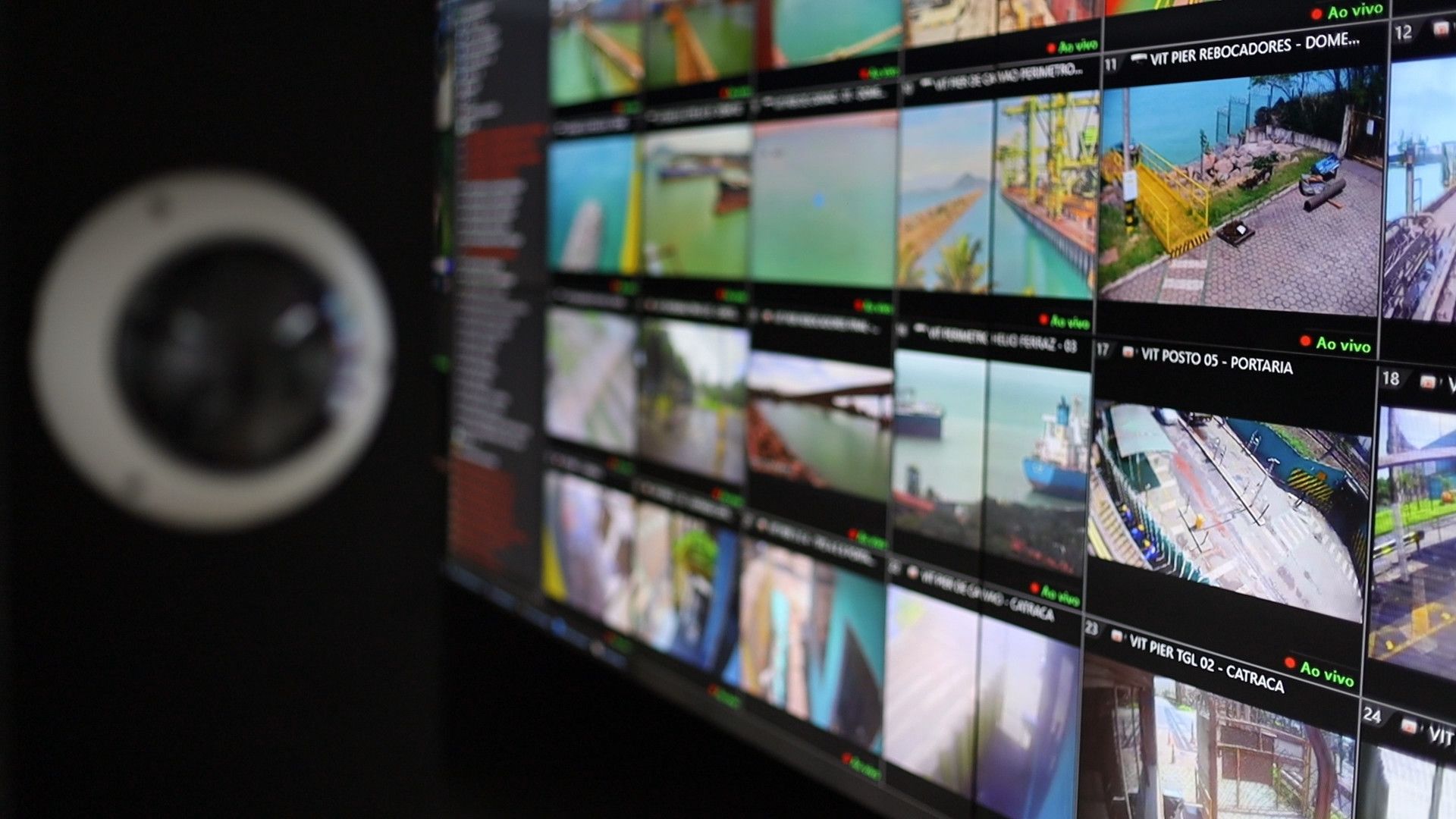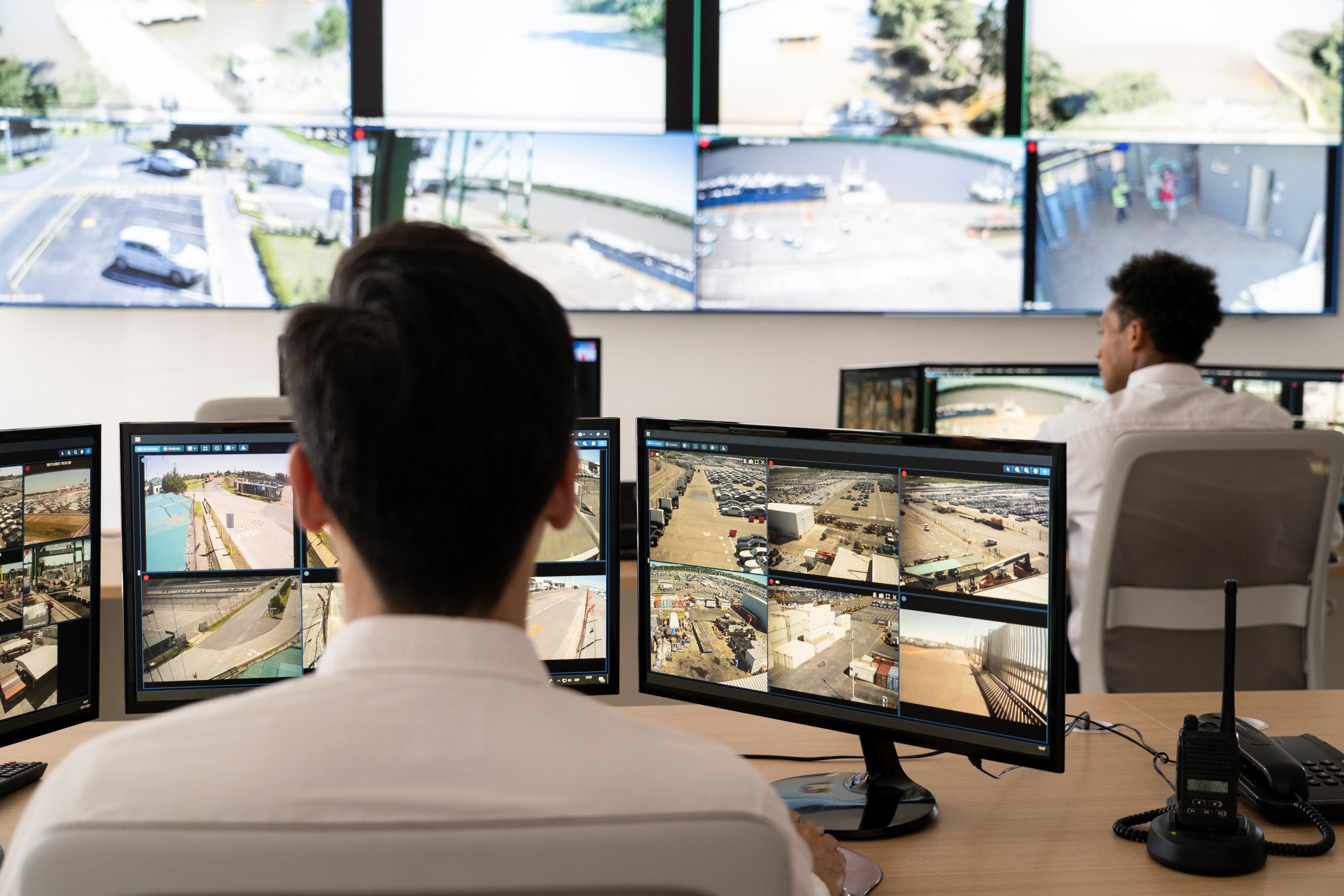What you need to know about integrating IP cameras with a VMS
Not all VMS offer camera integration via an open architecture system. Here are some important things to consider when specifying a VMS project.

Aging video management systems (VMS) aren’t built to keep up with today’s security demands. Most organizations today want more security cameras, higher resolution videos, and longer retention periods for footage—all of which can put a strain on your existing system.
Adding more network-connected cameras needs to be done properly and carefully, with cybersecurity and privacy concerns top of mind. Ask your vendor to guide you through the necessary steps to protect your data and harden your system’s security to minimize the risk of introducing new vulnerabilities.
Just because a VMS is newer, doesn’t mean it’s immune to cyber threats or capable of doing everything you want it to do in the future. Before you select a new VMS, take a moment to map out your needs.
CHECKLIST
Preparing your system for camera integration
There’s more to a VMS integration than just the ability to plug in another camera. Does your system allow you to take advantage of the latest IP camera technologies, or does it lock you into using hardware from only a small group of manufacturers? Does it support open architecture?
Closed architecture systems offer limited integration. Selecting an open architecture system means you can add new systems as you need without breaking any connections, and upgrade your hardware at your own pace. It also allows you to expand your suite of security solutions in the future, as your needs change.
Questions to consider when deciding on a VMS:
- Does your system provider offer support to improve cybersecurity protocols beyond simply changing system default passwords?
For example, are you able to request a cybersecurity assessment from a professional to assist you in hardening your security features to mitigate online threats?
- Can you easily add other security products like automatic license plate recognition (ALPR) to your VMS, or would this require integrating with a separate system?
A unified physical security platform allows you to bring ALPR, video surveillance, access control, intercom systems, and more in one user interface (UI).
- Does your VMS support server-based analytics?
Processing and analyzing video on the server, rather than within the camera itself, provides better performance—and means you can prioritize video quality when purchasing new IP cameras.
- Are you able to collaborate on video evidence with different stakeholders?
Video footage is an integral part of investigations and operational process reviews. A digital evidence management system facilitates collaboration between agencies, businesses, attorneys, and the public so you can review all the information in one application.

What do you have to manually configure?
Are you able to program all of your cameras within the VMS, or do you need to manually configure parameters such as:
- Discover an IP network and set IP address
- Frame rate
- Resolution
- Motion detection: within camera or server-based
- Bitrate: ability to configure variable or fixed bitrate per camera
- Keyframe interval
- Digital I/O
- Audio inputs/outputs
- Ability to update the camera firmware and passwords
To minimize network traffic, your VMS also needs to have the ability to configure the keyframe interval (I-frame) per second, and control key protocols.
Consider a VMS that can go above and beyond
- Control any analog PTZ protocol (not limited to PTZ protocols supported by a video encoder)
- Make configuration changes without requiring the server services to be restarted
- Manage unicast and multicast directly from the camera
- Be licensable per total number of camera connections, not by MAC address
BLOG
Don’t forget about cybersecurity
What encryption and other security features does your VMS offer?
- Are there embedded tools and services that allow you to track your cybersecurity posture?
- How easy or difficult is it to maintain good security hygiene, like changing passwords, using secure connection protocols, updating to the latest firmware, or disabling less secure ways of accessing cameras?
- Does your VMS support encryption in transit and at rest, for video exchanged and stored on-premises and in the cloud?
- Does your VMS support end-to-end encryption (SRTP)? This is the most secure protocol to exchange video from the camera to client interface.
- Does your vendor offer professional support and clear recommendations when migrating to the new system, to ensure there are no security gaps?
- What systems are in place to ensure no one can tamper with video evidence?
- Does your VMS have multiple layers of protection to prevent unauthorized video exports and data breaches?
- Is there a unified login system to access your security systems?
BLOG
Make privacy a priority
As video surveillance becomes more prevalent, governments are introducing new regulations that restrict where companies can place cameras and how they can use the footage they collect.
To make it easier to remain compliant with your local privacy laws, ask your VMS supplier:
- Is video footage anonymized when it is not necessary to identify people?
- Can the VMS adjust the level of privacy in different areas? (ex: in the lobby or cafeteria, vs. employee-only zones)
- Does the VMS allow people to access their personal data securely?
- Do you really need to install a video camera to secure certain areas, or can your security solution support a different option that allows for greater privacy, such as other types of connected sensors?
- How easy or difficult is it to automate retention policies, if regional or industry regulations change how long data is to be archived for?
BLOG
Choose open architecture to simplify video management
Technology is continuously evolving, so why limit your options? Invest in a VMS that meets your needs today and for years to come.
When you choose a video management system with an open architecture, you can select from a wide network of partners to find the hardware that best suits your budget and requirements. Open architecture also allows you to scale up your security as needs change, connecting your video surveillance system with access control, intercoms, license plate recognition, or other technologies further down the line.
Examples of successful IP camera and VMS integrations
City of Cincinnati
The City of Cincinnati sought to enhance public safety by upgrading its surveillance system. They faced challenges with outdated analog cameras and a decentralized monitoring setup. To address these issues, the city implemented Genetec Security Center, integrating over 1,000 IP cameras into a unified platform. This transition allowed for centralized monitoring, improved video quality, and scalability for future expansions. The integration also included mobile access, enabling law enforcement to view live feeds remotely, thereby enhancing responsiveness to incidents.
CUSTOMER STORY
Ipswich City Council
Ipswich City Council aimed to enhance public safety through a comprehensive surveillance system. They faced the challenge of integrating various camera types across multiple locations. By adopting Genetec Omnicast™ IP video surveillance system, the council managed over 500 cameras from a centralized control room. This integration facilitated efficient monitoring, improved incident response times, and provided a scalable solution for future expansions. The system's open architecture also allowed for seamless integration with existing infrastructure.
CUSTOMER STORY
Edmonton Transit Service (ETS)
Edmonton Transit Service sought to improve passenger safety and operational efficiency across its transit network. The challenge was to monitor numerous stations and vehicles in real-time. Implementing Genetec Security Center, ETS integrated IP cameras with their VMS, enabling centralized monitoring and management. The system's scalability allowed for the addition of new cameras as the transit system expanded, and its open architecture facilitated integration with other security systems. This setup enhanced situational awareness and streamlined incident management.
CUSTOMER STORY
Puy du Fou Theme Park, France
Puy du Fou, a renowned theme park in France, sought to enhance visitor safety and operational efficiency across its expansive grounds. The challenge was to monitor numerous attractions and public areas effectively. The park integrated 120 cameras into Genetec Omnicast™ video surveillance system within Security Center. This number has grown to over 490 cameras, all managed from a centralized control room. This integration allowed for real-time monitoring, improved incident response, and scalability to accommodate future expansions. The system's flexibility also enabled the incorporation of various camera models and technologies as needed.
CUSTOMER STORY
